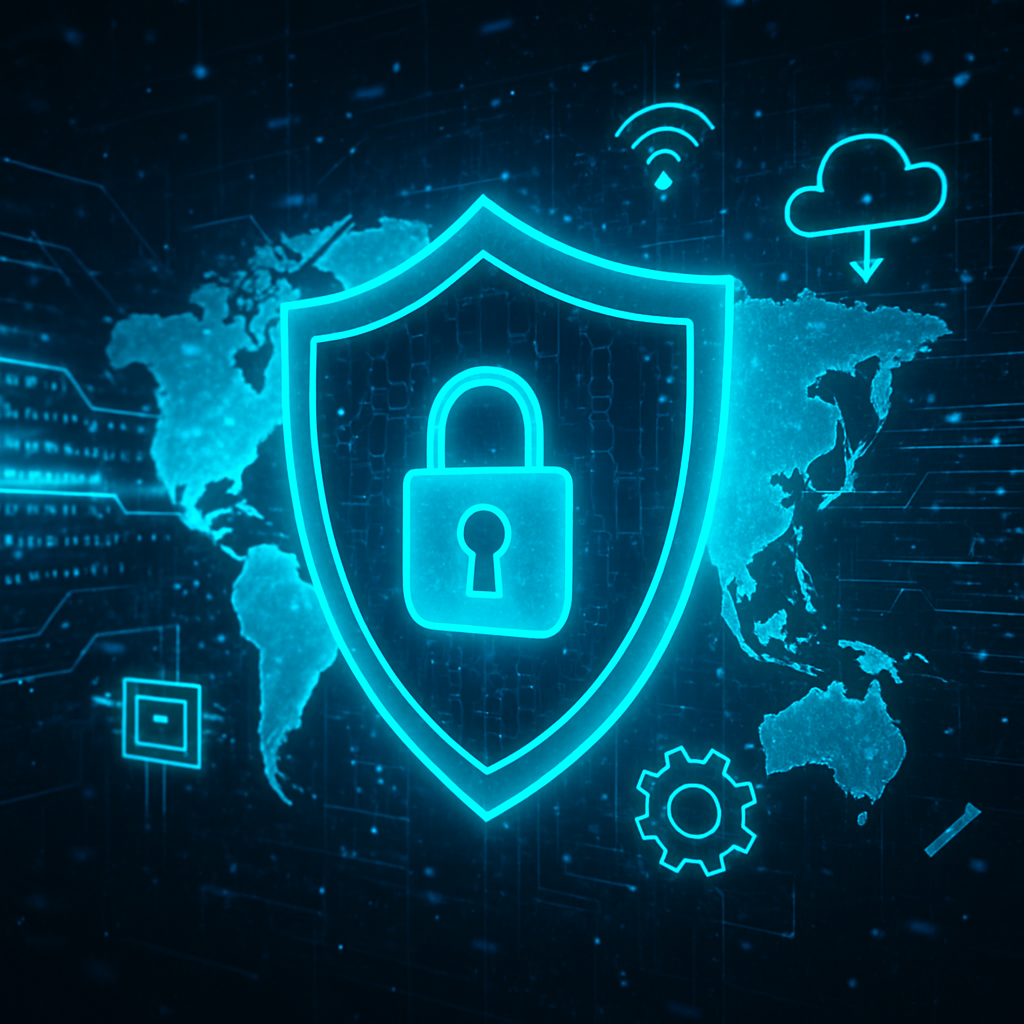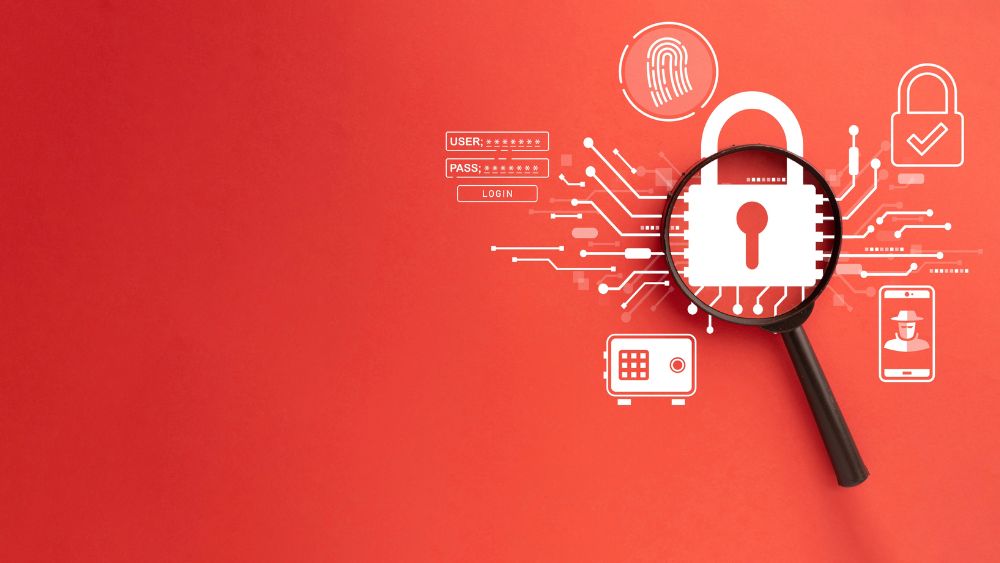
The ever-evolving digital landscape has positioned cybersecurity as a core pillar of organizational resilience and personal safety. As 2025 unfolds, the threat matrix broadens, with cyber attackers becoming more sophisticated and the stakes for digital Trust, privacy, and resilience rising ever higher. This article examines the latest cybersecurity trends expected to shape 2025, providing expert insights aligned with Google’s E-E-A-T (Experience, Expertise, Authoritativeness, and Trustworthiness) framework and optimized for visibility in both traditional and generative search engines.
1. The AI Revolution in Cyber Offense and Defense
AI-powered cyber-attacks and defenses are redefining the threat landscape. Malicious actors are leveraging artificial intelligence and machine learning to automate vulnerability identification, conduct advanced phishing campaigns, and mutate malware in real time—constantly adapting to evade detection. Deepfakes, in particular, represent a rapidly escalating risk, with an exponential increase in AI-generated deceptive videos, audio, and images projected by 2025. The surge of AI-driven malware and deepfake incidents underscores the necessity for organizations to invest in equally advanced, AI-powered security tools capable of real-time anomaly detection and automated threat responses.
Why it matters: Manual threat detection is no longer sufficient. Organizations must deploy AI and ML solutions not only for faster threat identification but also for more predictive, adaptive defense capabilities. The market for AI in cybersecurity is expected to grow rapidly, driven by the urgent need to defend against AI-powered adversaries.
2. Zero Trust Architecture: The New Gold Standard
Zero Trust is swiftly becoming the industry norm for securing digital environments. In contrast to traditional security models, Zero Trust assumes every access attempt is suspicious, requiring continuous verification of users and devices—regardless of their location. By 2025, organizations will implement Zero Trust across cloud environments, remote workforces, and even IoT networks, thereby reducing the risks of lateral movement and insider threats.
Key techniques include:
- Micro-segmentation of networks and resources
- Continuous authentication and session validation
- Behavioral analysis for insider threat detection
Why it matters: With 86.5% of organizations beginning their Zero Trust journey, the model’s significance in reducing the risk of breaches and enhancing compliance cannot be overstated.
3. The Emergence of Quantum Computing Threats
Quantum computing poses a looming challenge for traditional encryption. While large-scale quantum computers are not yet mainstream, cyber criminals and nation-states are already stockpiling encrypted data, anticipating the day quantum hardware can break today’s cryptography. This has prompted a race to develop and adopt quantum-resistant algorithms and post-quantum cryptography.
Why it matters: Early adoption of quantum-safe security practices will separate ahead-of-the-curve organizations from those at risk of catastrophic data leaks in the near future.
4. Ransomware-as-a-Service (RaaS) Evolves
The RaaS model is maturing, with cybercriminal groups providing easy-to-use ransomware toolkits to affiliates worldwide. This trend lowers the technical barrier for executing attacks, resulting in surges in data breaches, business downtime, and ransom demands—now averaging $2.73 million in recovery costs for enterprises. Segmented networks and robust, offline backups are becoming essential components of ransomware resilience strategies.
Why it matters: As RaaS lowers entry barriers for cybercriminals, every organization—regardless of size or sector—must prioritize proactive ransomware prevention and response.
5. 5G, Edge Computing, and the Expanding Attack Surface
The rollout of 5G and edge computing is amplifying cyber risks. With more data flowing through distributed and often lightly protected edge nodes, vulnerabilities in 5G infrastructure or IoT devices pose new risks to critical sectors such as healthcare, supply chain, and energy. Effective edge device management, firmware updates, and strict identity checks are now integral to risk management.
6. Insider Threats in a Hybrid Work Era
Hybrid and remote work environments heighten the risk of insider-driven compromises. Employees—sometimes unintentionally—expose sensitive information via misconfigured cloud sharing, while disgruntled insiders may steal intellectual property. Advanced user behavior analytics and data loss prevention tools are at the forefront of insider threat mitigation strategies.
7. Evolving Identity and Access Management (IAM)
IAM is evolving beyond traditional passwords: Modern systems incorporate biometrics, continuous session validation, and risk-based authentication. Automated provisioning and de-provisioning ensure permissions are up-to-date, minimizing risks when employee roles change and curbing the threat from dormant credentials.
8. Automation and Orchestration in Security Operations
The exponential growth in security alerts underscores the genuine need for Security Operations Center (SOC) automation. By orchestrating threat intelligence, response actions, and policy enforcement, organizations can free human analysts to focus on complex attacks and strategic risk analysis, thereby improving both efficiency and resilience.
9. Real-Time Encryption and Micro-Segmentation
Real-time, adaptive encryption—paired with micro-segmentation—effectively cordons off resources, restricting attackers’ movement even if they breach part of a system. Consistent policy application and dynamic encryption are becoming best practices for securing distributed workloads across cloud and on-premises resources.
How To Optimize Cybersecurity Content for EEAT & GEO
E-E-A-T: Google’s Quality Benchmark
E-E-A-T stands for Experience, Expertise, Authoritativeness, and Trustworthiness. For cybersecurity content, this means:
- Experience: Articles should reflect practical knowledge from the field, including case studies or practitioner anecdotes.
- Expertise: Written or reviewed by experts with clear credentials.
- Authoritativeness: Cited by respected industry sources and ideally referenced in trusted publications.
- Trustworthiness: The content is transparent, well-sourced, and regularly updated, with assured user privacy and security (i.e., HTTPS, clear author information, and contact details).
GEO: The Future of Search Engine Optimization
Generative Engine Optimization (GEO) focuses on enhancing visibility in AI-driven search engines, such as Google SGE or ChatGPT’s web results. To rank highly:
- Use clear, conversational language and structure answers to match natural language queries.
- Emphasize semantics and topical relevance by including related keywords and concepts for broader coverage.
- Structured formatting (headings, lists, and tables) enhances machine readability and increases the likelihood of being selected by AI algorithms.
- Optimize for technical quality: Fast loading times, mobile compatibility, and a secure domain (HTTPS) remain crucial.
- Ongoing content updates: Frequent refreshes ensure information remains relevant to both users and AI ranking models.
Conclusion: Adapting to the New Cybersecurity Era
Both technological innovation and the relentless creativity of adversaries shape the cybersecurity landscape in 2025. AI-driven threats, quantum challenges, cloud complexity, and hybrid work vulnerabilities demand advanced, adaptive responses. Simultaneously, thought leadership in cybersecurity content requires blending deep expertise with transparency, clarity, and structured information—characteristics that align with both Google’s E-E-A-T guidelines and cutting-edge generative engine optimization strategies.
By embracing these cybersecurity trends and content best practices, organizations and writers not only fortify their digital defenses but also ensure their thought leadership is recognized and trusted across a rapidly evolving digital ecosystem.
Various Sources
- https://www.sentinelone.com/cybersecurity-101/cybersecurity/cyber-security-trends/
- https://onlinedegrees.sandiego.edu/top-cyber-security-threats/
- https://www.eccu.edu/blog/emerging-technologies-driving-the-future-of-cybersecurity-in-2025/
- https://linkbuilder.io/cybersecurity-seo/
- https://www.imarkinfotech.com/e-e-a-t-explained-ultimate-guide-googles-quality-standards/
- https://searchengineland.com/what-is-generative-engine-optimization-geo-444418
- https://www.walkersands.com/about/blog/generative-engine-optimization-geo-what-to-know-in-2025/




Nice article great insights